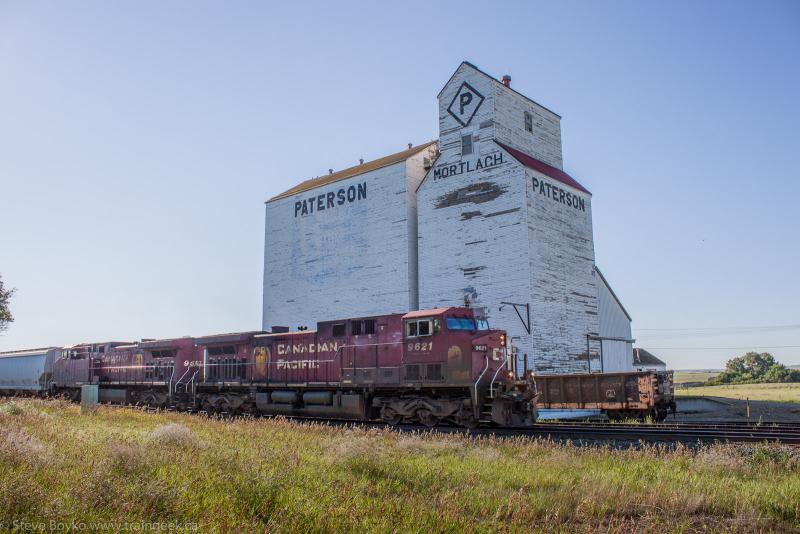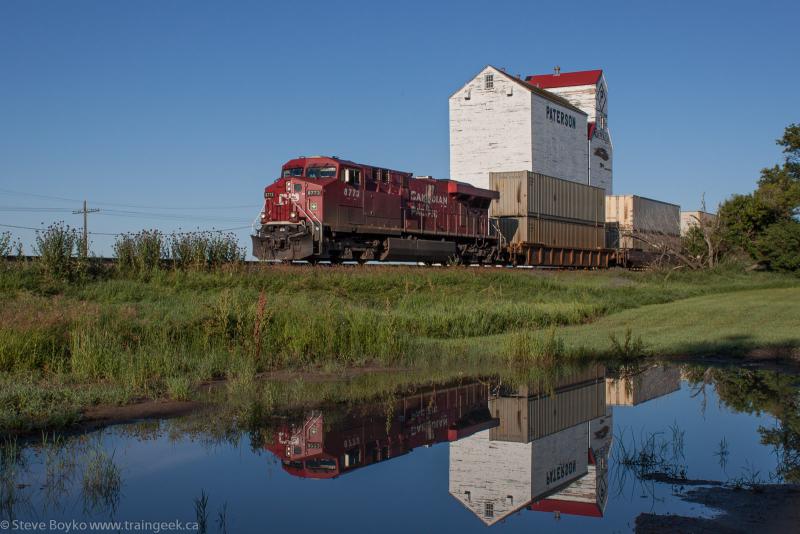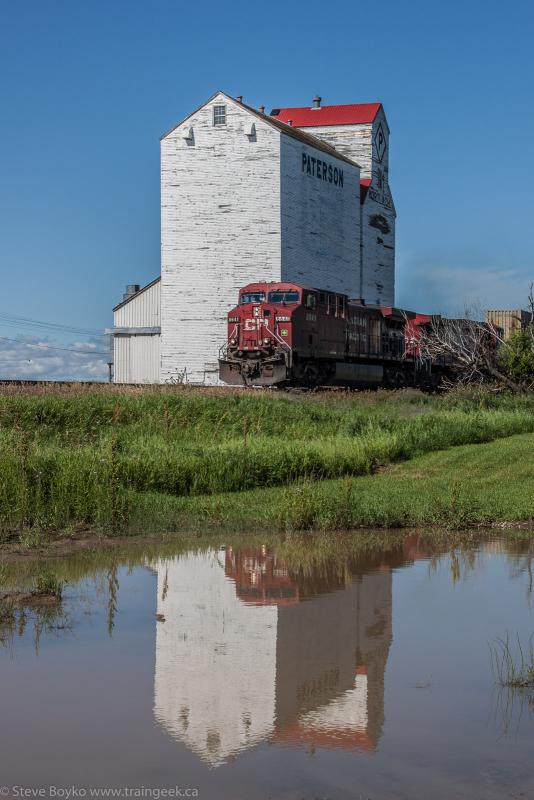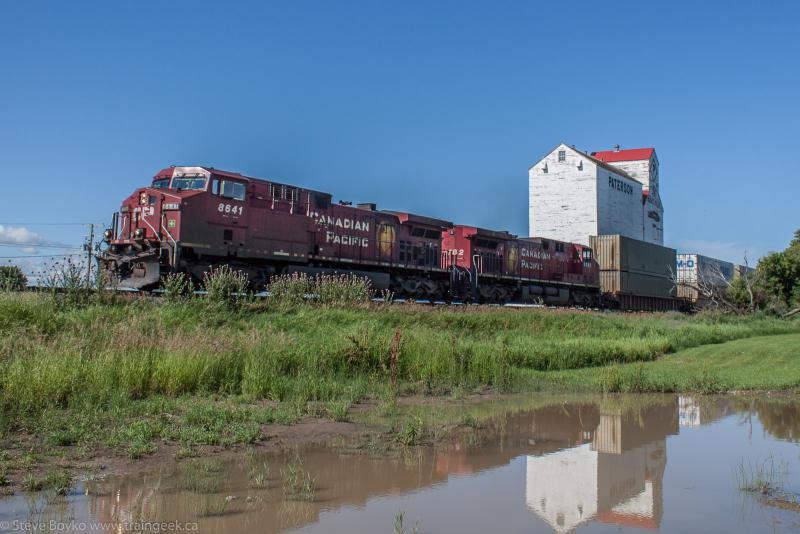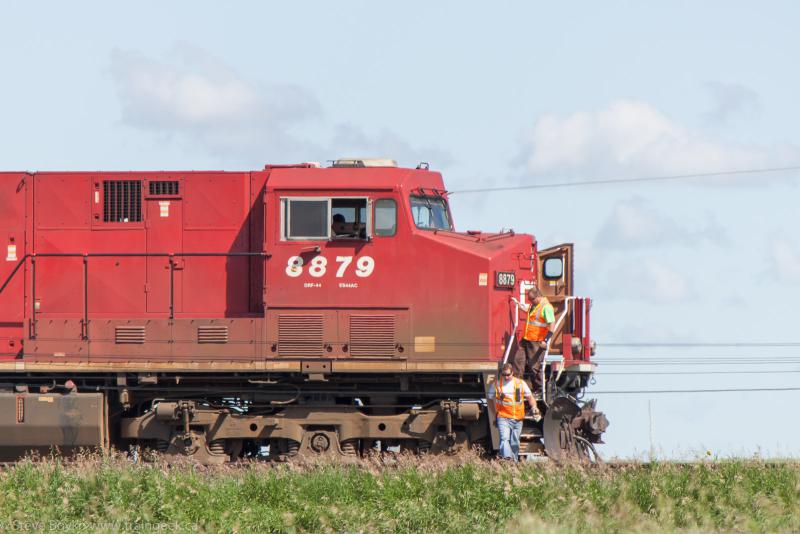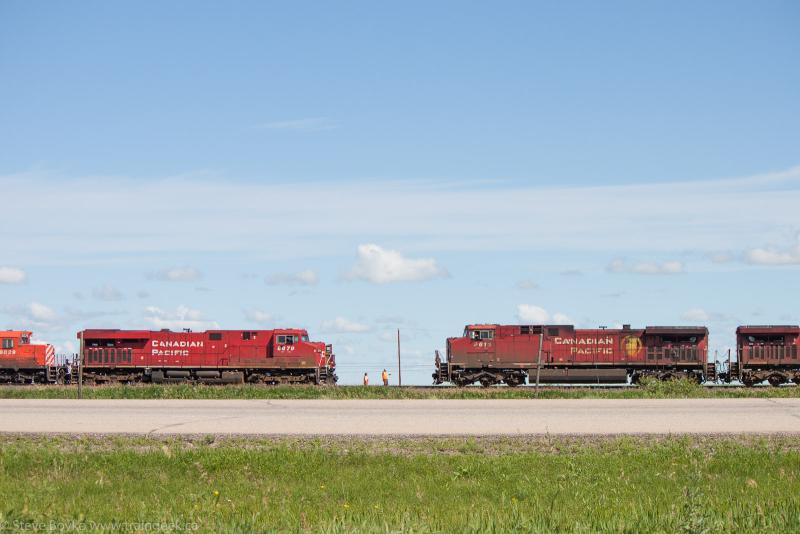I'm talking about photo backups here, but this applies to any file you consider important, including videos, documents, emails, etc.
Experts quote the 3-2-1 rule:
- Three copies of every important file...
- Stored on at least two different media types (e.g. hard drive and DVD)... and
- One offsite copy
Backing your photos up to an external hard drive is good but that is only 2 copies, on one type of media, and no offsite backup.
Offsite backup is important. What if you have a fire or a theft? Your computer and the external hard drive beside it (or in the same bag) are both toast and then you have nothing.
Here's where my photos live:
- My desktop computer;
- My home server;
- An external hard drive on a server in my office (offsite)
So I have three copies, on one media type (hard drives), with one offsite copy. Personally I don't think two media types are really that important, and the convenience of online hard drives trumps the inconvenience of shuffling DVDs. I have 510 GB of photos at the moment - that's a lot of DVDs.
This is my photo data flow:
- Take a picture with the camera (1 copy, on SD card)
- Import the photos into Lightroom from SD card (2 copies, SD card and laptop hard drive)
- Clear SD card (1 copy, on laptop hard drive)
- Move photos to desktop computer; Bittorrent Sync on my desktop automatically copies them to my office server (2 copies, 1 offsite)
- After each batch of photos, I run a batch script on my desktop that uses RoboCopy to duplicate the files to my home server (3 copies, 1 offsite)
Bittorrent Sync is fantastic for this application. I just move the photos to their permanent location on my desktop, and they are automatically copied offsite within minutes.
You could use a cloud backup service like Dropbox or Crashplan. I use Dropbox for sharing files between computers but there's not enough space there for all of my files. I also don't trust cloud backups with my data, but that's a different story.
I use a different method to copy to my home server because I want to be protected against accidental deletion. RoboCopy adds the files to my home server but never deletes, so if I accidentally delete a file from my permanent location, it will still be on my home server. When I do the copy to the home server, I get a log file in my Dropbox and I check it to make sure there aren't any "extra" files on my home server that aren't on my desktop.
How are you protected?
More resources:
- My two previous posts on this topic
- dpBestFlow.org's backup best practices
- Scott Hanselman's article on 3-2-1
- Drobo network backup appliance
- Seagate Backup Plus 1 TB external drive
- Dropbox

